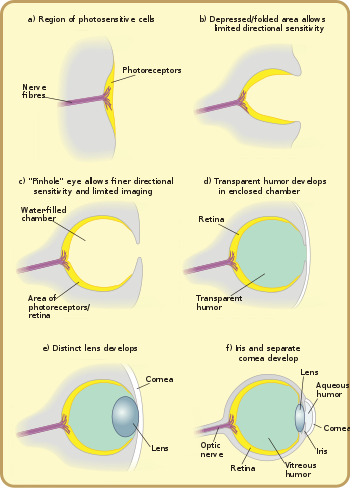How about google scholar? Pubmed? What exactly did you search for at the university? Are you aware that a proper literature search can take many weeks and encompasses proper online sources and the libraries of several universities? High school libraries and ordinary google hardly count for anything.johnmuise said:1. Google
2. The local high School
3. The local campus
4. Dalhousie University
5. Wait...theres no five yet...
4 out of 5 sources agree we me. what should the #5 be a guy with a Ph.D in something ?
And yes, asking an expert in the field (a paleontologist) for sources wouldn't have been a bad idea for sure.
However...while cetaceans do have eyes, many of their species make no use of eye sockets:
Kogia breviceps does not have anything even remotely resembling eye sockets:
http://www.skullsunlimited.com/graphics/tq-139-lg.jpg
Orcinus orca only have an indentation on the skull where the eye is located:
http://www.skullsunlimited.com/graphics/tq-52-lg.jpg
In pseudorca crassidens it is somewhat more recognizable as an eye socket, but still it's not a real socket. It's just a slightly more round shape:
http://www.skullsunlimited.com/graphics/bc-71-lg.jpg
While these don't belong to an actual ancestral sequence and all species do have eyes, they do show intermediates between no eye sockets and a round protective shield around the upper half of the eye.






